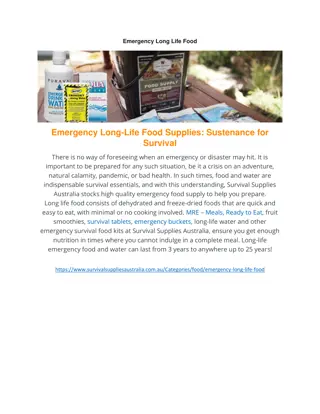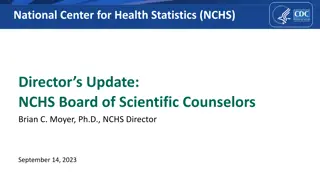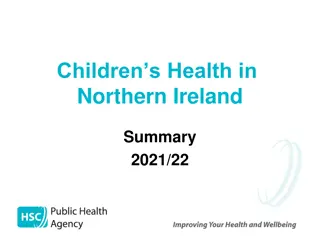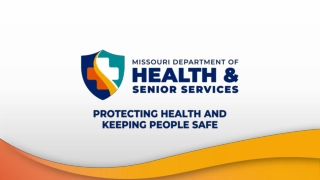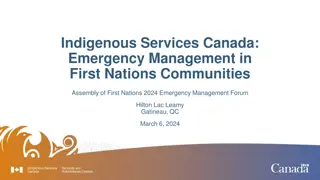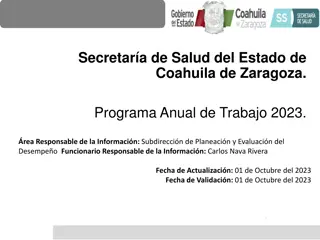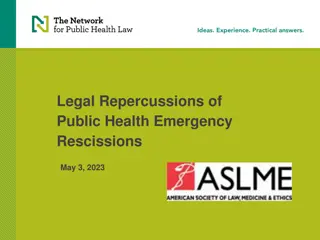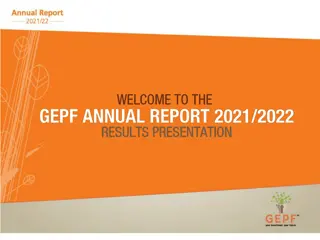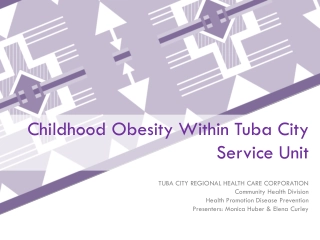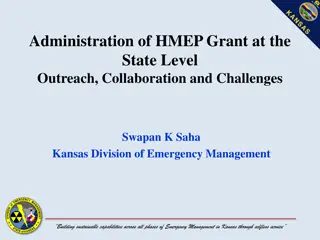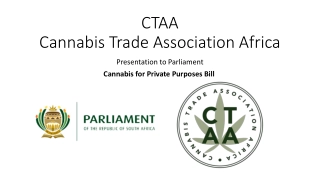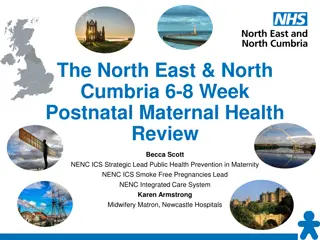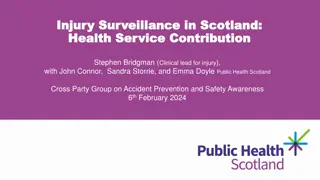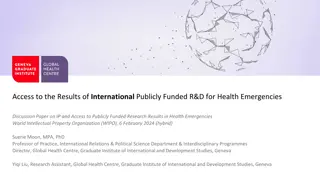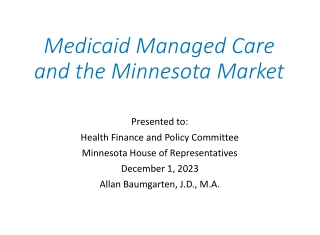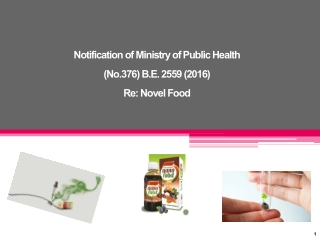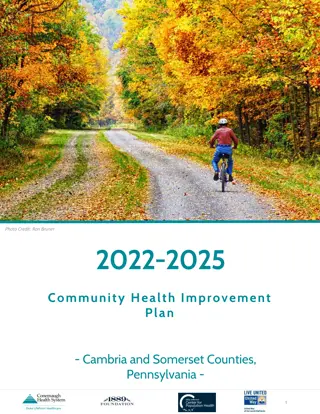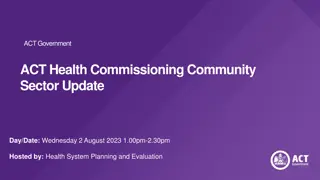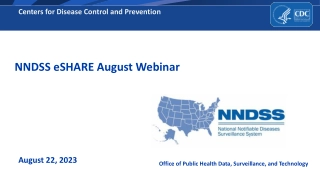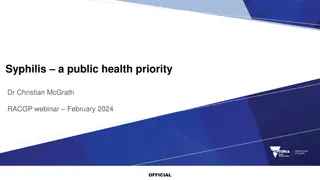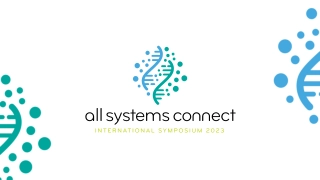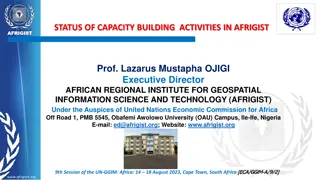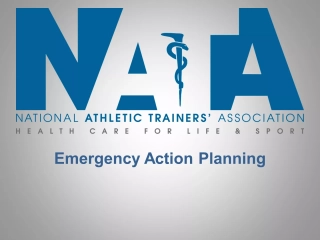Recent public health emergency trends in Africa
The recent public health emergency trends in Africa, as highlighted by Ayesha Kadir from Save the Children, reveal concerning issues such as climate change exacerbating crises, collective violence affecting communities, and millions of children dying annually from preventable causes. The Greater Horn of Africa is currently facing one of its worst droughts in decades, compounded by conflict, COVID-19, and rising food prices, leading to displacement, malnutrition, and disease outbreaks.
Recent public health emergency trends in Africa
PowerPoint presentation about 'Recent public health emergency trends in Africa'. This presentation describes the topic on The recent public health emergency trends in Africa, as highlighted by Ayesha Kadir from Save the Children, reveal concerning issues such as climate change exacerbating crises, collective violence affecting communities, and millions of children dying annually from preventable causes. The Greater Horn of Africa is currently facing one of its worst droughts in decades, compounded by conflict, COVID-19, and rising food prices, leading to displacement, malnutrition, and disease outbreaks.. Download this presentation absolutely free.
Presentation Transcript
Recent public health emergency trends in Africa Ayesha Kadir, Senior Humanitarian Health Advisor, Save the Children Content Hub: CH1304412
Public Health Emergencies overview (28 Sept 2023) Source: WHO Health Emergencies programme
Impacts of public health emergencies on children Armed conflict Displacement Climate change
Climate change Climate crisis impacts getting worse May be multiple displacements or moves Many urban slum dwellers highly vulnerable to climate hazards More children and families migrate in order to cope or just survive Many migrate to urban areas seeking jobs and services Children are from other communities making inclusion and access to services difficult
Collective violence Social arrangements structural violence economic violence International armed conflict Subnational armed conflict Domestic violence Community violence Interpersonal violence
>5 million children dying annually before fifth birthday from preventable and treatable causes 80% of these children were in Africa and Asia 12.7 million children across Africa were under- vaccinated in 2021, including 8.7 million zero dose children (UNICEF SOWC 2023) Globally: A child survival crisis Lack of routine catch up immunization schedules means many of these children are not able to access immunization outside of a campaign 12.2 million acutely malnourished children in Africa Stunting prevalence 30.7%; global average 22% Unknown prevalence of these stressors on child development trajectories and life outcomes Crises have pervasive impacts on child public health don t wait for a public health emergency to be declared Locations - Humanitarian Data Exchange (humdata.org) - - 6
Greater Horn of Africa 2023 One of the worst droughts in recent decades compounded by years of conflict and instability, impact of the COVID-19 pandemic rising food prices in part due to the war in Ukraine Displacement search for food, water, pasture for animals Deteriorating hygiene and sanitation conditions Low vaccination coverage High rates of acute malnutrition and micronutrient deficiency High risk of disease outbreaks Current focus on measles, cholera, malaria, pneumonia and strengthening communicable disease surveillance and outbreak response Horn of Africa Drought Data Explorer (humdata.org)
Snapshot of Sudan April 15thconflict erupted As of August 5.4m people displaced, including 2.2m children Roughly 2.5 million people have fled to neighbouring countries: Chad, Egypt, South Sudan, CAR, Ethiopia and Libya. Includes refugees and returnees Health workersand their families affected, many displaced 56 Attacks on health care since April Shifting conflict lines driving further displacement dynamic population movements Humanitarian access severely impacted Darfur health facilities not functional Health services delivered through health facilities and mobile clinics Needs assessments have identified priority areas for strengthening maternal newborn health and sexual reproductive health and immunization coverage
Reducing inequities in child health Marked disparities in health and social outcomes between children on crisis-affected areas and children in stable, peaceful areas Between countries and between settings within the same country Protracted crises are increasingly common Solutions must focus on maintaining routine preventive and treatment services in crisis contexts Gaps in immunization coverage will require routine catch-up schedules to meaningfully improve immunization coverage



